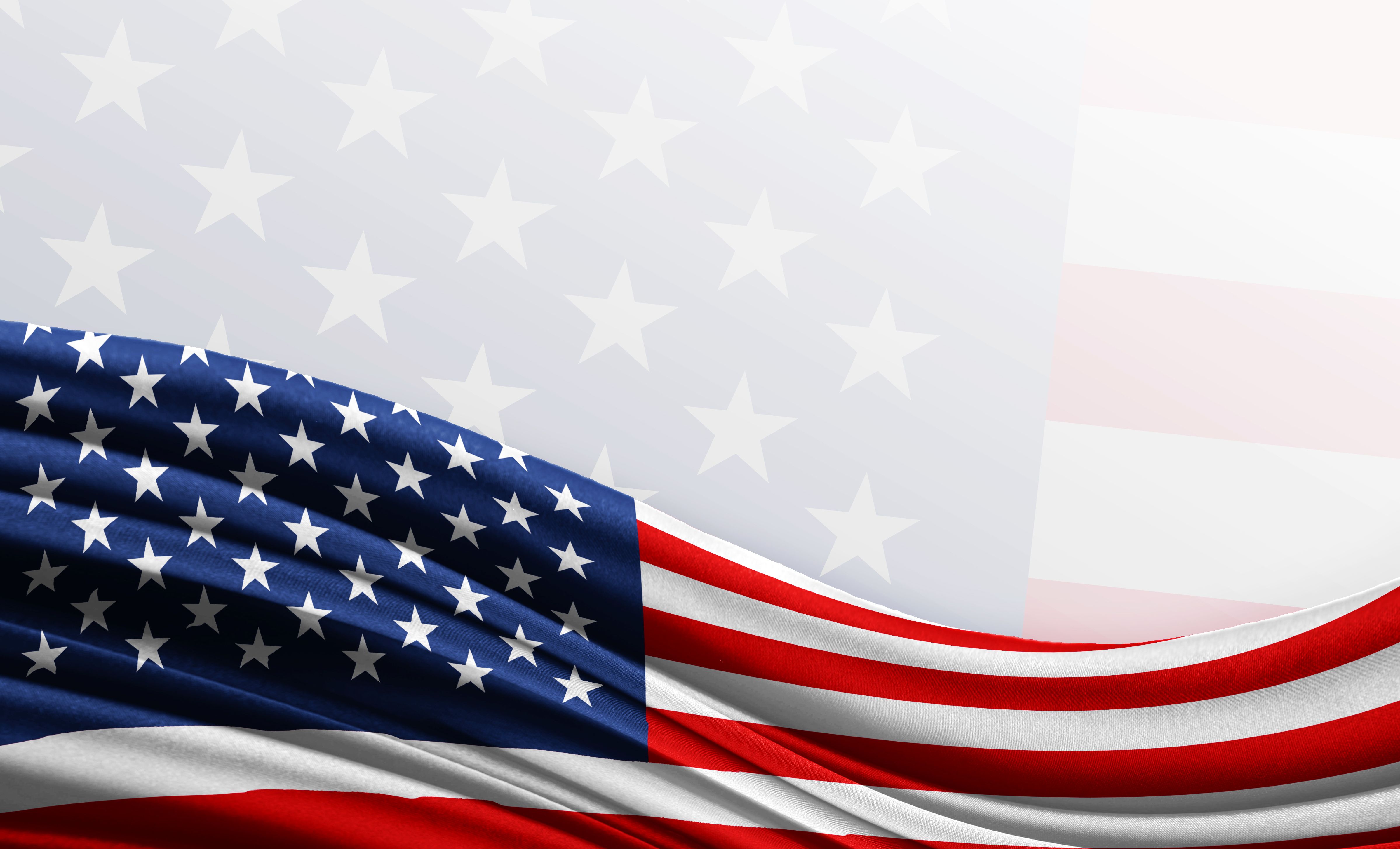Publication
Article
Psychiatric Times
Dungeons and Back Alleys: The Fate of the Mentally Ill in America
Author(s):
The “deinstitionalization” movement was meant to correct a stream of neglected patients, a demoralized and disengaged staff, and disappearing doctors. That didn't happen.
©Wisky/AdobeStock

Note to readers: This is a companion piece to the first of Awais Aftab, MD's interview series, Conversations in Critical Psychiatry: Allen Frances, MD. We thank both Dr Aftab and Dr Frances for their contributions.
COMMENTARY
Dr Frances is Professor Emeritus and former Chair, Department of Psychiatry, Duke University; Chair, DSM-IV Task Force; and author of Saving Normal and Essentials of Psychiatric Diagnosis.
My career is ending on a sour note. It is hard to be complacent when 600,000 people who should be our patients are instead languishing as prisoners or sleeping on streets. County jails are now the biggest providers of psychiatric care for people suffering from severe mental illness. And our patients do particularly poorly in jail-enduring long stays, frequently in crazy-making solitary confinement and often targeted for physical and sexual abuse. I have seen long rows of cells, in each of which is a desperate mentally ill occupant who has smeared excrement all over the walls and windows.
We have no excuse for collectively failing the patients who need us most. It is easy enough for each of us to blame the system-the government neglect, professional association passivity, and advocacy groups’ loss of mission-but I also blame myself for having done far too little, far too late. We are all part of the system and must take personal responsibility for its miserable performance.
We won’t be able to correct this horrible mess without understanding its history. The mental hospitals established by the states in the 19th century had the best of intentions and the worst of consequences. Their goal was the humane treatment of the mentally ill following the principles promulgated by the father of modern psychiatry, Phillipe Pinel. These asylums were meant to be places of peaceful rural retreat, providing safety and a meaningful life for psychiatric patients who had no place in the rapidly growing cities. The hospitals were self-contained communities, much more civilized and welcoming that the chaotic urban environments. There were workshops and surrounding farms that allowed patients to learn skills and feel productive. Hospital directors, staff, and families lived on the grounds and broke bread with the patients. The architecture of the buildings was usually strikingly beautiful, and they were surrounded by lovely bucolic settings.
The 20th century witnessed a rapid and thorough degradation of the system, with cattle-car overcrowding and system-wide patient neglect. Professionalizing the staff depersonalized the care. Growing cities surrounded and swallowed up hospital grounds, restricting patients to endless days in ugly, packed, stench-filled wards. Unions resented job competition from unpaid or low paid patients and pressured to have workshops closed. The well-meaning asylums had degenerated into dreadful snake pits.
My first experience in psychiatry occurred 55 years ago as a medical student in one of these state hospitals. It was degrading and disgusting-an overwhelming smell of urine, neglected patients screaming and posturing, a demoralized and disengaged staff, disappearing doctors.
The “deinstitionalization” movement meant to correct this chaos arose from a strange combination: public outrage; a new model of community psychiatry; the discovery of powerful new drugs; Kennedy family guilt; and state government greed. Three books were especially influential. The Snake Pit, a semi-autobiographical 1946 novel by Mary Jane Ward (made into an acclaimed 1948 movie), vividly presented a first-hand account of the sufferings of terrorized patients.1The Myth of Mental Illness, written in 1961 by libertarian psychiatrist Tom Szasz, made the moral and legal argument that patients are citizens with civil rights that must be respected.2 Published in the same year, sociologist Erving Goffman’s Asylums revealed that total institutionalization made patients much sicker and more dependent than they would be in any less crazy-making environment.3
Community psychiatry envisioned an attractive alternative life for the mentally ill-symptoms stabilized by the new antipsychotic meds, living independently in the community, re-socialized and working productively. John Kennedy’s exposure to his sister’s mental illness motivated him to support a comprehensive mental health bill that provided funding for community health centers (CMHCs) throughout the United States. State governments were all too eager to close the enormous mental hospitals that were usually their biggest budget line item.
Deinstitutionalization was an ugly business. Patients who had been in hospital for decades were often dumped on the street with just one week’s warning. A man was admitted to my acute inpatient unit the day after he had been discharged from the state hospital that had been his home and business for 22 years. He had achieved great status and relative affluence washing staff member’s cars. Now, without any transition or support, he was disconsolate and could not picture making a new life for himself. A few days later, I had to cut him down after he had hung himself in the bathroom.
CMHCs eventually did live up to expectations and were a thrilling place to work. We saw many of our patients flourish, away from the toxic state hospital environment. Seemingly chronic symptoms were reduced via a happy combination of the new meds, rehab, and socialization. By the 1970s, the United States was the pioneer and world leader in deinstitionalization and community psychiatry.
Then in 1980s, the Reagan administration killed the system-ending direct federal funding for CMHCs and replacing it with block grants to the states that were rarely spent on mental health and eventually were ended altogether. This was clothed as an ideological effort to cut federal spending and give more power to the states, but it was mostly a means to cut taxes for the wealthy.
Disaster followed upon the double blows of deinstitutionalzation and the closure or privatization of most CMHCs. Before deinstitionalization, there had been about 650,000 state hospital beds in the United States-now, with more than twice the population, we have only about 35,000.4 Whereas before we had far too many patients staying far too long in “snake pit” warehouses, now it is usually impossible to find a bed even for people in desperate need, and stays are far too short.
Outpatient treatment for the severely ill is either completely unavailable or a month or more away. Emergency rooms are jammed with acutely ill patients- but have nothing to offer them. Cops, who are the routine first responders, having learned it is a waste of time taking mentally ill patients to an emergency room, now instead are forced to take them to jail. And having to deal on a regular basis with the untreated and unpredictable mentally ill has probably made some cops trigger happy.
With its imprisoned and homeless army of patients, the United States has become the worst place in the world to have a severe mental illness. The best places are those that have most fully embraced a community psychiatry model-particularly the city of Trieste and the Nordic countries.
Advocacy for the mentally ill has been muted and impotent. It is sad testimony that the strongest pressure for better care comes from the police and sheriff associations that have been made responsible for people who should be within the mental health system. The psychiatric and psychological associations have been extremely passive-never making the shameful neglect of the severely ill their number one priority. NAMI started as an advocacy group to fight for better treatment of the severely ill, but has lost its way and diluted its mission-often distracted by unrealistic faith in scientific research and the development of new drugs
The reliance on future research is a case of blind hope victorious over bitter experience. NIMH has spent tens of billions of dollars doing fascinating science that has not yet helped a single patient. The human brain is the most complicated thing in the known universe and keeps its secrets well hidden. Genetics and neuroimaging have shown how remarkably complex and interacting are the biopsychosocial causes of mental illness and that there will likely never be magic bullets. Drug companies have stopped looking for them.
NIDA has similarly focused almost exclusively on brain mechanisms and has largely ignored practical questions that would improve the lives of people suffering from addictions. Until recently, SAMHSA was funding mostly frilly projects completely divorced from the needs and sufferings of the severely ill. The Treatment Advocacy Center (https://www.treatmentadvocacycenter.org) is the only group fully committed to research the needs of the severely ill, speak truth to power, and to give voice to the voiceless.4
What to do now?
We need a moon-shot mentality-and it doesn’t require rocket science or new research. We have known for 50 years how to provide good care for severe mental illness. There is nothing mysterious or complicated about it. Decent housing. Easily accessible treatment. Social clubs. Vocational rehab. Positive regard, respect, and empathy. Family support. The only thing new is applying the Internet as a powerful tool for education, for social networking, and monitoring symptoms.
Priority #1 is to get patients out of prison and off the streets. Court diversion programs have proven their worth in preventing imprisonment and deserve universal adoption. Prison diversion programs must now be developed to “deinstitutionalize” the mentally ill who have been inappropriately imprisoned and provide them with proper community housing and care.
Neglect of the severely ill is not only barbarically inhumane, it is also economically stupid. And the prison, police, emergency room solutions to mental illness are not only ridiculously inappropriate, they are also ridiculously expensive. Decent care for the severely ill is not only a moral imperative, it is the only rational public policy.
Why is it that the rest of the developed world gets this and what makes us the laggard outlier? How can it be that the richest country in the world is most neglectful of its most vulnerable citizens? The simplest answer to this complicated question is the misplaced US faith that market forces are always the most efficient vehicle for solving problems. Adam Smith-the father of modern economics-knew better and strongly supported the role of government in providing vital public services undervalued by the market. Privatization of mental health has resulted in too much treatment for the well; cruel neglect for severely sick.
My desperate-and so far unheeded-plea is that we radically switch priorities. The two APAs and NAMI should devote their lobbying and public relations muscle exclusively to freeing the imprisoned patients and providing decent housing. NIMH and NIDA should stop seeing themselves as narrowly focused brain institutes and widen their research agendas to projects that might actually help people, not just advance scientific knowledge. SAMHSA should become a “prison-release and ending-homelessness” agency. And none of us should go to sleep without contemplating the fate of the patient in a prison bed or sleeping outside in the cold.
Editor’s note: The opinions expressed in this article are that of the author and do not necessarily reflect the views of Psychiatric Times. Readers are welcome to submit their comments to PTEditor@mmhgroup.com, for consideration. If accepted, Letters to the Editor are to be posted at the end of the article online. Please include your full name, title, affiliation, city and state, along with your feedback.
Originally published 5/24/2019 and has since been updated.
Disclosures:
The author reports no conflicts of interest concerning the subject matter of this article.
References:
1. Ward MJ. The Snake Pit. New York: Random House; 1946.
2. Szasz TS. The Myth of Mental Illness. New York: Random House; 1961.
3. Goffman E. Asylums: Essays on the Social Situation of Mental Patients and Other Inmates. New York: Doubleday; 1961.
4. Fuller D, Sinclair E, Gelled J, et al: Going, Going, Gone: Trends and Consequences of Eliminating State Psychiatric Hospital Beds, Report of Treatment Advocacy Group. June 2016. https://www.treatmentadvocacycenter.org/going-going-gone. Accessed May 15, 2019.







